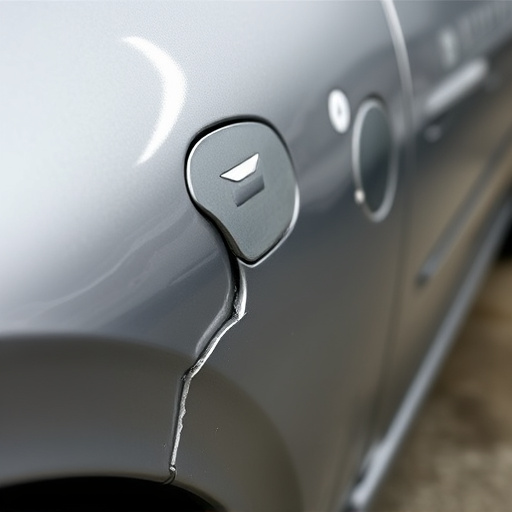Mercedes seat heating repair requires specialized attention due to the intricate integration of heated seating elements. Identifying faulty elements early is key for retaining comfortable temperatures in colder climates. While replacing heating elements can be a DIY task, professional assistance is recommended. Regular cleaning, maintenance, and body work inspections prevent costly repairs. Keep your Mercedes' heating system reliable and efficient with consistent care.
Looking to fix that stubborn heating element in your Mercedes seats? You’ve come to the right place. This guide breaks down the process of replacing your Mercedes seat heating element, from identifying the issue to ensuring optimal performance. We’ll walk you through each step, empowering you with the knowledge for a successful repair. Additionally, learn about common issues and preventive maintenance tips to keep your Mercedes seats cozy and comfortable for years to come, focusing on efficient Mercedes seat heating repair.
- Understanding Mercedes Seat Heating Elements
- Step-by-Step Guide to Replacing the Heating Element
- Common Issues and Tips for Preventive Maintenance
Understanding Mercedes Seat Heating Elements

Mercedes seats are renowned for their luxurious comfort, and adding heated seating is a popular feature among owners. Understanding the heating element, however, is crucial when it comes to Mercedes seat heating repair. These elements are typically integrated into the seat cushions or backrest, using electricity to generate heat and provide warmth to passengers. The process involves intricate wiring and components that need to be carefully handled during any repair or replacement.
The heating element itself is a vital component within the vehicle’s bodywork, ensuring a cozy driving experience, especially in colder climates. Over time, these elements can degrade, become damaged, or lose their effectiveness, leading to a need for Mercedes seat heating repair. Recognizing the signs of a faulty heating element—such as cold spots in the seats or inconsistent heat distribution—is essential before it impacts the overall comfort and enjoyment of driving your Mercedes.
Step-by-Step Guide to Replacing the Heating Element

Replacing the heating element in your Mercedes seats is a straightforward process that can be accomplished with the right tools and a few simple steps. First, gather all necessary parts, including the replacement heating element, screws, and any other hardware specific to your model. Then, locate the seat assembly by removing the exterior trim and exposing the internal components. Identify the faulty heating element, usually situated behind a fabric or leather panel. Next, carefully disconnect the old element from its power source and wiring harness using a suitable tool. Once exposed, gently remove the damaged element and install the new one, ensuring proper alignment with the wiring. Secure it in place with the provided screws. After reassembling the seat cover, test the new heating element to ensure optimal performance, comfort, and safety during those cold winter days.
If you’re not comfortable performing this Mercedes seat heating repair yourself, consider seeking professional help from a reliable automotive repair shop. They offer specialized services, including body shop repairs for any car scratches or damages that might arise during the process. Ensure they have experience with luxury vehicle repairs to maintain your Mercedes’ quality and integrity.
Common Issues and Tips for Preventive Maintenance

Many Mercedes owners enjoy the luxury of heated seats during colder months, but this feature can be prone to issues over time. Common problems include reduced heating power, uneven heating, or complete failure to heat. These issues often stem from worn-out or damaged heating elements, which can be costly to replace. Regular maintenance can help extend the lifespan of these components.
To prevent Mercedes seat heating repair, ensure regular cleaning and inspection of the seats. Over time, dust and dirt can accumulate on the heating elements, reducing their efficiency. Using the right cleaning products and avoiding excessive moisture is key. Additionally, checking for any signs of damage or loose connections in the auto bodywork around the seats can help identify potential issues early on. Regular auto body work and servicing will ensure that your Mercedes’s heating system remains reliable and efficient.
Replacing the heating element in your Mercedes seats is a feasible DIY project, offering a cost-effective solution for those seeking to restore their vehicle’s comfort features. By understanding the component and following a detailed guide, you can effectively address common issues like faulty heating or uneven warmth distribution. Regular maintenance checks and prompt repairs can prolong the life of your Mercedes seat heating system, ensuring you stay cozy during every ride. For those tackling a Mercedes seat heating repair, this comprehensive article provides the knowledge needed to get the job done right.














